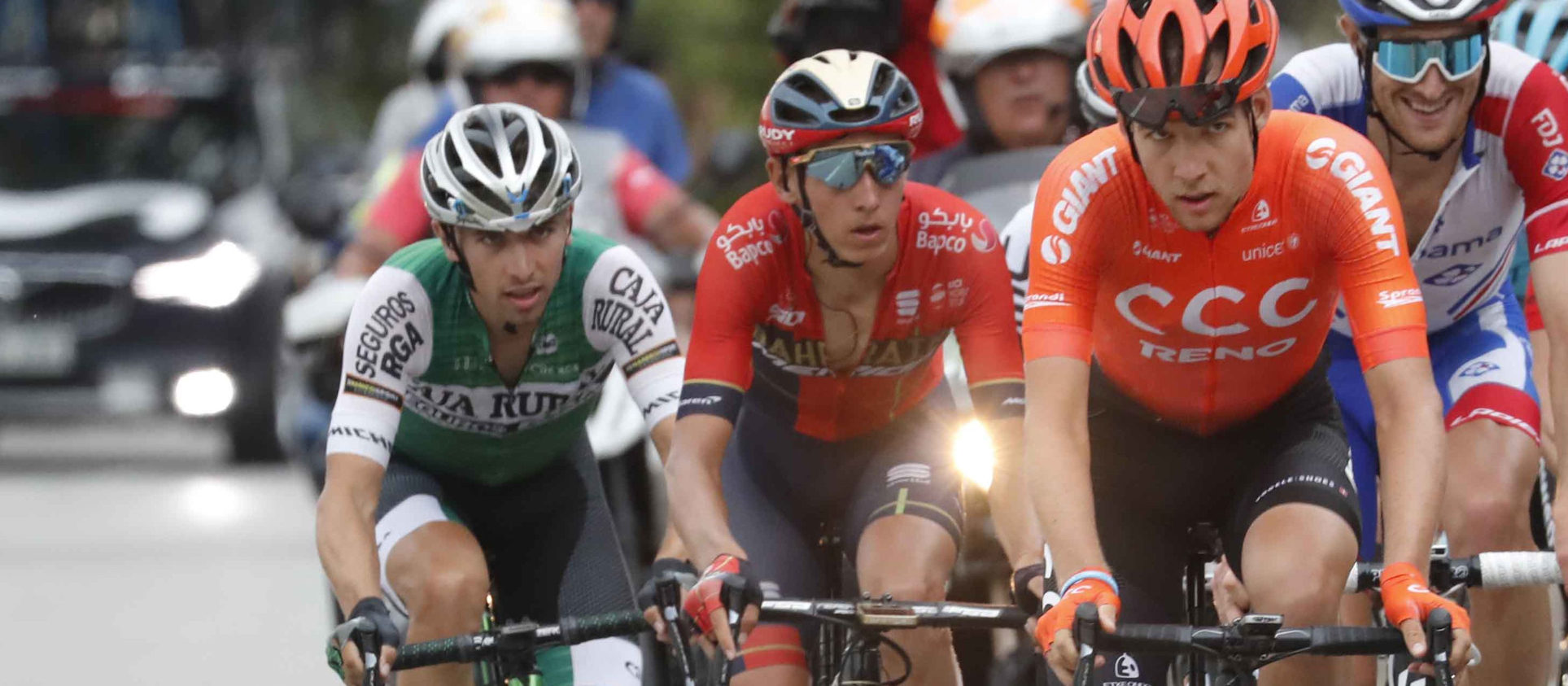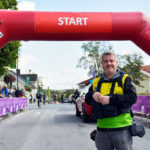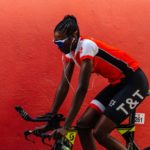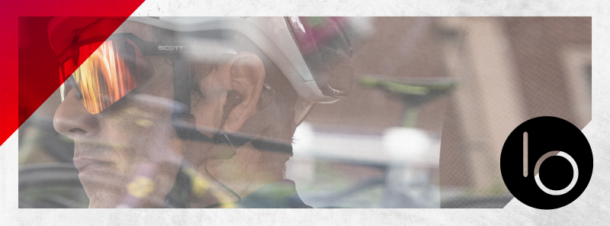On the first rest day of Vuelta a España 2019, Jonathan Lastra explains what goes into picking the right stage and then making the winning breakaway.
The first things I look for when I open up the road book before a race are the stages where the breakaway has a good chance of making it. That means a stage that is too hard for the sprinters to fight for the win but also not so hard that the GC riders will go for it. I’m not a pure climber so it can’t be a stage like the one we had to Javalambre where the break also made it. The stage you pick has to fit your characteristics as a rider. For me, it means an undulating stage like last Saturday’s stage 8, which was one of the days I had marked for this Vuelta.
After you red-circle the stages in the road book, it’s time to gather information and inform yourself as much as possible about the route. It can be via Google Maps or as it happened to be with this stage to Igualada, I could talk with a friend who knows this area very well. He told me about the climbs, the descents and how the finish was. Afterwards, I went on Google Maps to see what the final kilometers looked like and how the segments were. I really like to know everything about the stages I mark. Everything from how long the climbs are to how much time I have to recover before the next acceleration. It’s all important.
During the stage prior to a day I have marked, it’s all about saving as much energy as possible. I help my teammates when needed but I always keep track of my reserves and don’t waste any unnecessary energy. Losing 20 minutes is better than losing 10 minutes if it means you can save your legs a bit more. It’s fundamental to be as fresh as possible taking on your marked stage.

At the hotel room the night before, I check the weather forecast again to know what to expect and to see how the wind will be in the final. This can have a big impact as well. I also go over the climbs again to know exactly how hard they are and if there are any parts at the beginning of the stage that I need to be particularly aware of. On stage 8, for example, I knew we would pass through a small town, which was followed by a false flat part of about two kilometers. It would be important to be at the front at this point because if a strong group got even a small gap, it would be almost impossible for the peloton to close the gap.
In the morning before the stage starts, I’m nervous. I feel different and much more attentive to everything about the stage and I keep thinking to myself “I hope this goes well. I hope this goes well”. When we finally start the stage and roll out in the neutralized zone, I do look around a little at some of the others riders who might have picked this stage as well. Riders like Thomas De Gendt for example. But mostly, I just focus on myself and to be ready when the official start comes.
When flag drops, it’s full on. You have to be extremely attentive to everything that goes on. It’s true that you need a bit of luck here but it’s also very much about being ready and remembering that when your legs hurt, the other riders’ legs hurt just as much. This is usually a good sign that the final break is about to happen. We are all just humans and when the legs really hurt, you know that the next attack could very well be the right one.

When I make the break, something happens mentally. The chip changes. It’s switched on in a different way now. Usually, I have two ways of suffering. Normal suffering and beneficial suffering. You always suffer during a Grand Tour but when I’m in the winning breakaway in a stage I have marked prior to the race and studied very well, it’s a different kind of suffering. It’s like the suffering gives me extra energy to fight. I can suffer much more than usually.
If you see me nodding on the bike, that’s when I really suffer. I may be last one in the group but I know I can continue to suffer like this for a while. This is my day and I’m not giving up! I think the ability to suffer like this may come from my cyclocross days. It’s not something many can do because it’s a kind of suffering that you don’t endure very often.
At the end – after a hard fight – I finished seventh on stage 8 with my teammate Alex Aranburu taking second place. It’s my best Grand Tour result but I feel I had at least a Top5 in the legs that day. However, I have more stages marked for this Vuelta and I’m not done fighting!
Thanks for reading and look out for me in the breakaways…
Make sure to follow Jonathan Lastra on social media with the handle @Jonathanlastra_ for Twitter and Instagram.

Header photo by: Photo Gomez Sport




